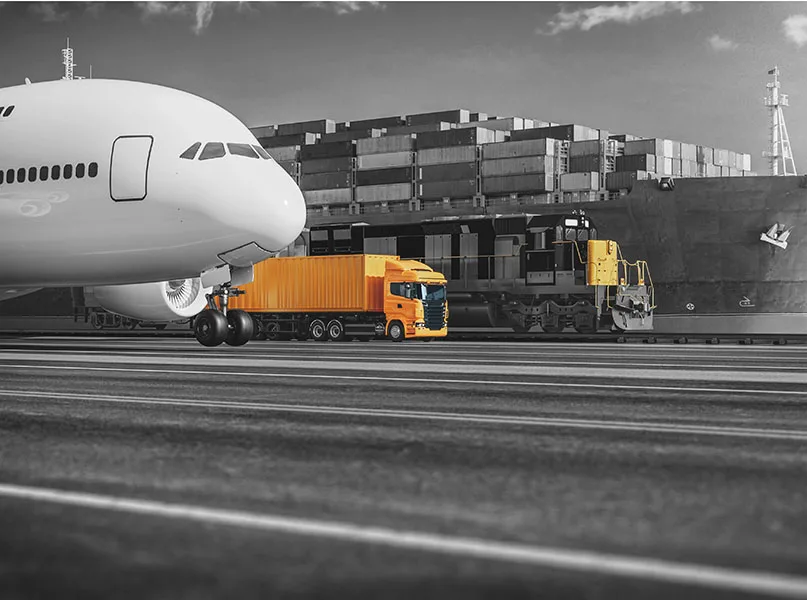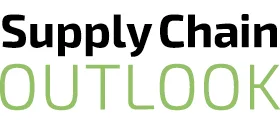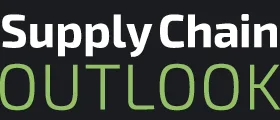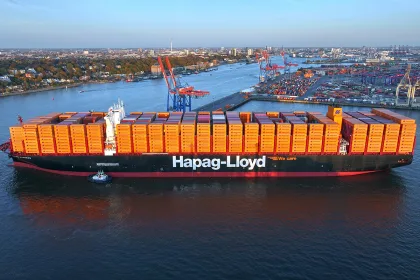Milton Magos, Vice President – Mexico at TRAFFIX – a North American logistics company specializing in cross-border supply chain solutions for the US, Canada, and Mexico – discusses strategies to assist importers and exporters in moving freight from the US to Mexico in today’s challenging logistics landscape.
THE CROSS-BORDER BALANCING ACT
For importers and exporters between the US and Mexico, the border is both a gateway and a gatekeeper.
Freight keeps moving only when three fundamentals stay aligned – accurate documentation, prepared people, and capacity matched to time. When one slips, every schedule and promise downstream pays the price.
True reliability is built on coordination. It happens when teams, paperwork, and timing work in unison instead of in reaction.
Cross-border freight now accounts for more than 70 percent of North American trade by volume.
Every minute lost is multiplied across networks, delaying production lines and customer promises alike.
As nearshoring accelerates, the ability to cross consistently is no longer just an operational strength – it is a strategic advantage.
The companies that master consistency will set the pace for the region’s next decade of growth.
ESTABLISH A STEADY FLOW
Reliable crossings depend on pace, not improvisation. Think of the border as a production line that runs on steady inputs and predictable handoffs.
When trucks arrive in bursts, congestion takes control. When movement stays steady, efficiency returns.
The most reliable operators treat their appointment calendars as living systems. They review them weekly with carriers and facility managers, adjusting flow before problems surface.
When this consistency becomes visible to everyone involved – shipper, carrier, and consignee – waiting time fades and control returns.
This flow can be sustained by creating one source of truth. In other words, bringing together all item data, origins, routes, license plates, drivers, and consignee details in a single shared view – fragmented information is what destroys coordination.
In addition, matching appointments to your facility’s actual throughput, not a theoretical maximum, helps to schedule to real capacity. Each slot is a resource that must be protected.
Using a short pre-clear checklist to confirm that documents, license plates, and drivers are validated before departure can also help. A few minutes of prevention can save hours of delay.
Targets: Aim for appointment adherence above 95 percent, checklist completion at 100 percent, and weekly exception reviews with a documented root cause.
Avoid: Try to avoid booking extra appointments ‘just in case’. Once appointment capital is wasted, it cannot be recovered.

PREPARE THE PEOPLE
No system holds its rhythm without people who understand it; the dock, yard, and border hand-off depend on teams that know exactly what they own.
Therefore, defined roles and escalation paths should be demarcated so that everyone knows who makes each decision and when.
In addition, procedures should be kept bilingual and visible, and every shift should begin with a short border briefing that reviews appointments, exceptions, and customs updates.
People keep operations steady when they have information. When a dock coordinator updates plate numbers in real time or a dispatcher flags a customs delay before it snowballs, that awareness synchronizes the entire operation.
Good training builds reflexes – not just compliance – and turns data into action.
Targets: Work to complete training and procedure acknowledgment for all staff, and respond to escalations within 15 minutes.
Avoid: Don’t assume experience equals alignment. Even seasoned teams need clear directions to act quickly.
MATCH CAPACITY TO THE CLOCK
The border moves in cycles. Volumes rise and fall by hour, day, and direction, and the best operators anticipate the rhythm and shape capacity around it.
They build flexibility into their networks, adding short-term capacity buffers when seasonal peaks approach, scaling down efficiently once they pass – they plan accordingly rather than react quickly.
Planning time blocks for peaks and keeping enough drop-and-hook trailers to absorb variability is important, as is aligning service agreements with what operations can truly deliver as opposed to what forecasts hope for.
Targets: Keep door utilization between 80 and 90 percent, yard dwell under 24 hours, and on-time arrival above 95 percent.
Avoid: Don’t chase peaks without buffers. When dwell time expands, recovery becomes costly.

MEASURE THE PATH, NOT JUST THE FINISH
A successful border crossing is more than a final timestamp, so tracking every stage before, during, and after the gate is crucial. Each phase reveals where control strengthens or weakens.
Grouping exceptions by type – whether this be documentation, assets, capacity, or customs – combined with regular weekly reviews can help to address root causes each month.
The strongest shippers turn these reviews into collaboration sessions with their carriers and brokers.
Transparency replaces firefighting, and when everyone sees the same metrics, accountability turns from pressure into performance.
Targets: Work to keep exceptions per 100 loads decreasing month after month, and zero repeat issues on the same lane.
Avoid: Stop focusing only on outcomes – what is not measured cannot be improved.

STRATEGIES YOU CAN ACTIVATE TODAY
Reliability can be written into agreements, so beginning with the following elements is a great starting point:
- Clearing service terms for appointment adherence and exception resolution.
- Establishing minimum standards for data sharing, including license plates, drivers, estimated times of arrival (ETAs), and document status.
- Devising incentives that reward rhythm and discourage disruption.
The goal is to turn reliability into a shared currency. When partners agree on what success looks like and commit to measuring it, coordination becomes enforceable rather than aspirational.
QUICK WINS TO START NOW
- Create a shared source-of-truth dashboard within two days.
- Publish the pre-clear checklist to all partners.
- Confirm the next two weeks of appointments based on real capacity.
In the end, the border is not a barrier but a mirror. It reflects the discipline, alignment, and foresight of the supply chains that approach it.
The companies that operate with balance and control will define the next decade of North American trade.
When documentation, people, capacity, and visibility move as one, the crossing transforms from a daily struggle into a competitive advantage.
Predictability is not perfection – it is performance, and what keeps freight moving in both directions.
At TRAFFIX, we help importers and exporters move freight with the consistency the border demands.
Our cross-border teams in the US, Mexico, and Canada work as one to keep shipments predictable, visible, and on time.
































